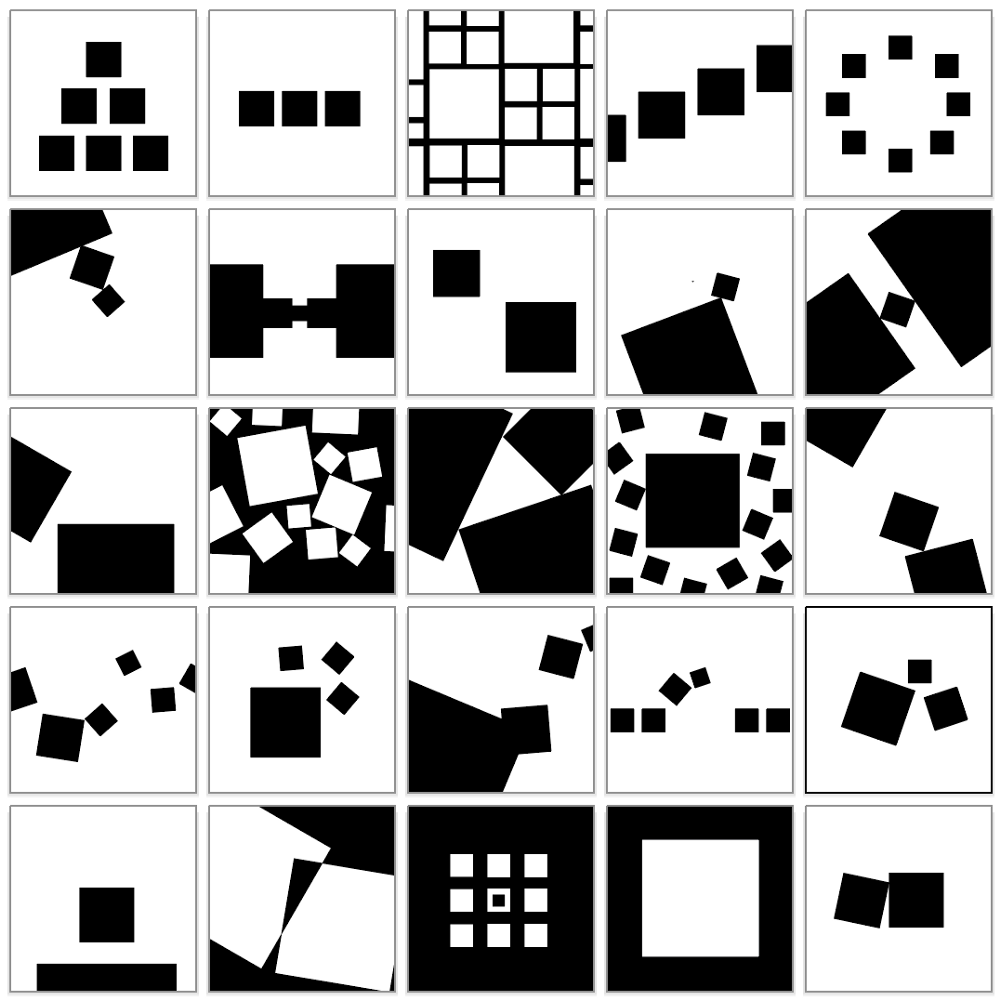- Home
- Articles
- Architectural Portfolio
- Architectral Presentation
- Inspirational Stories
- Architecture News
- Visualization
- BIM Industry
- Facade Design
- Parametric Design
- Career
- Landscape Architecture
- Construction
- Artificial Intelligence
- Sketching
- Design Softwares
- Diagrams
- Writing
- Architectural Tips
- Sustainability
- Courses
- Concept
- Technology
- History & Heritage
- Future of Architecture
- Guides & How-To
- Art & Culture
- Projects
- Interior Design
- Competitions
- Jobs
- Store
- Tools
- More
- Home
- Articles
- Architectural Portfolio
- Architectral Presentation
- Inspirational Stories
- Architecture News
- Visualization
- BIM Industry
- Facade Design
- Parametric Design
- Career
- Landscape Architecture
- Construction
- Artificial Intelligence
- Sketching
- Design Softwares
- Diagrams
- Writing
- Architectural Tips
- Sustainability
- Courses
- Concept
- Technology
- History & Heritage
- Future of Architecture
- Guides & How-To
- Art & Culture
- Projects
- Interior Design
- Competitions
- Jobs
- Store
- Tools
- More

Each designer must adhere to basic design principles to create an effective and attractive composition. A good design goes through following these principles and of course creativity. Being creative alone is not good enough to create a design that conveys its message. It is important to follow basic principles such as contrast, emphasis, movement and balance.

Table of Contents
ToggleBalance
All the elements in your designs have their own weight. This weight may be due to the texture, size, frequency or color of the items. What you need to pay attention to while designing is to keep the weight of these elements in balance. It is difficult to give the desired message in designs that do not have the principle of balance. In the basic design, you can create the balance symmetrically and asymmetrically. Symmetrical balance design consists of elements that are evenly distributed around a centre of balance. Asymmetrical balance is found in designs where there is no equality, but where all elements meet each other.

Movement
Movement is the principle that controls the elements in the design and presents the message you want to convey in a flow. Movement creates a narrative of rules such as contrast, balance and emphasis, which are other design principles of the composition you create.

Emphasis
In your designs, you need to highlight the message you want to give. The emphasis among the principles of basic design rules is that one or more concrete or abstract elements are in the foreground. Before designing, you should create a draft and decide what the main idea is to convey in this draft.
Contrast
We can say that the effect created by two great contrasts is very powerful in design. Effects such as thickness and thinness, creating contrast between colors, are effects that have a very important role in design. Contrast between fonts or design elements is among the important basic design principles.

Adaptability and Flexibility
Designing spaces that can adapt to changing needs is essential in contemporary architecture. This means creating buildings that can serve multiple purposes over time, accommodating technological advancements and shifts in how spaces are used. For example, office buildings might be designed with modular workspaces that can be easily reconfigured for different tasks or team sizes.
Contextual Integration
Architecture does not exist in a vacuum but is part of a larger environmental, cultural, and historical context. Effective design takes into account the surrounding landscape, local materials, and historical architecture styles, ensuring that new constructions complement and enhance their settings. This principle encourages architects to design buildings that are respectful of their environment and contribute positively to the character of their locales.
Human-centric Design
Beyond aesthetic appeal and structural innovation, architecture serves the fundamental purpose of accommodating human activity. Design principles should always prioritize the comfort, safety, and well-being of occupants. This involves careful consideration of spatial layouts, lighting, ventilation, and acoustics, as well as accessibility for individuals with disabilities. Spaces should be designed to enhance productivity, foster social interaction, and support the physical and mental health of users.
- architectural design basics
- architectural design techniques
- architecture design concepts
- architecture design guidelines
- Architecture design principles
- architecture design theory
- Balance in Architecture
- Basic Design
- Basic Design Principles
- basic design principles architecture
- basic principles of building design
- building design principles
- Contextual Integration
- core design principles architecture
- design fundamentals in architecture
- Design Principles
- Design Principles Architecture
- essential architecture design principles
- fundamentals of architectural design
- important design principles in architecture
- introduction to architecture design
- key principles in architecture design
- Movement in Architecture
- principles of architecture
Submit your architectural projects
Follow these steps for submission your project. Submission FormLatest Posts
The Ultimate Guide to Fencing in North Dakota: Choosing the Best Fence for Your Property
Watching a chain link fence twist in 70 mph winds near Minot...
Gaudí: Where Architecture Meets Science
Gaudí: Where Architecture Meets Science shows catenary arches, ruled surfaces, and biomimicry...
How Housing Market Forces Shape Architectural Design Today
Architecture never exists in isolation. Buildings rise from a mix of ambition,...
Why Portable Formaldehyde Gas Detectors Matter on Construction Sites
As construction practices shift toward more enclosed and material-intensive environments, the risk...












Leave a comment